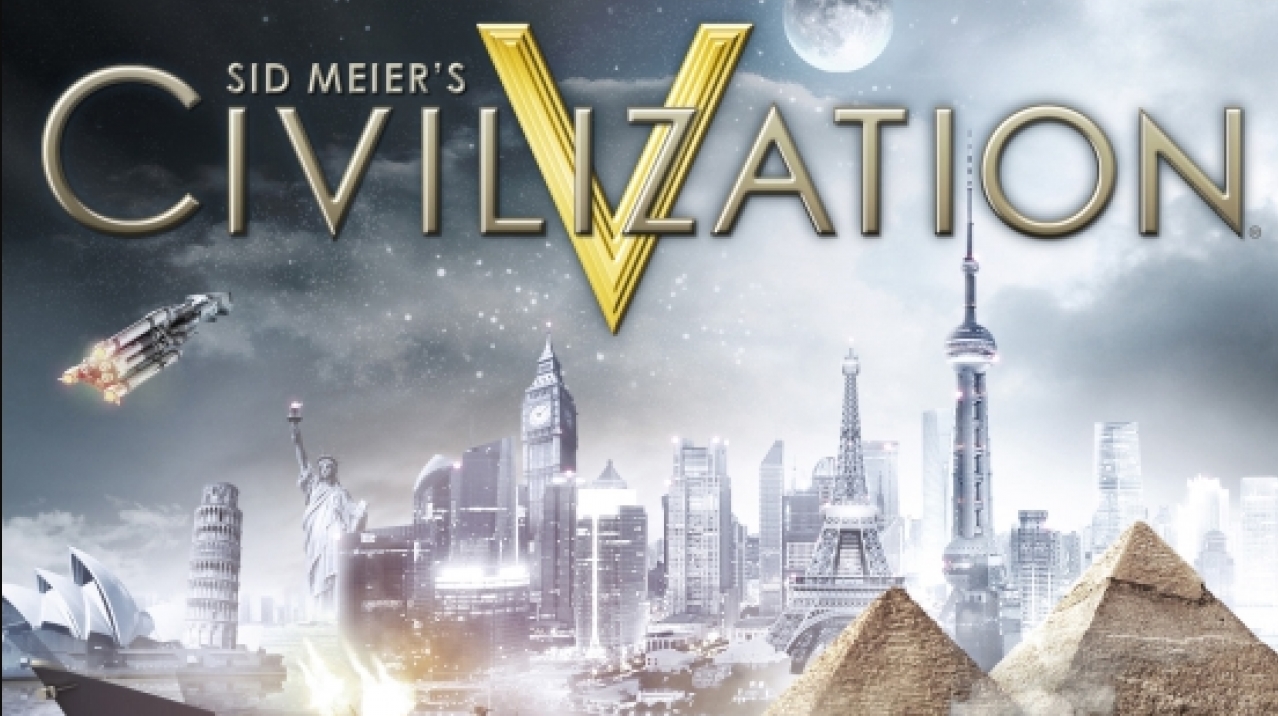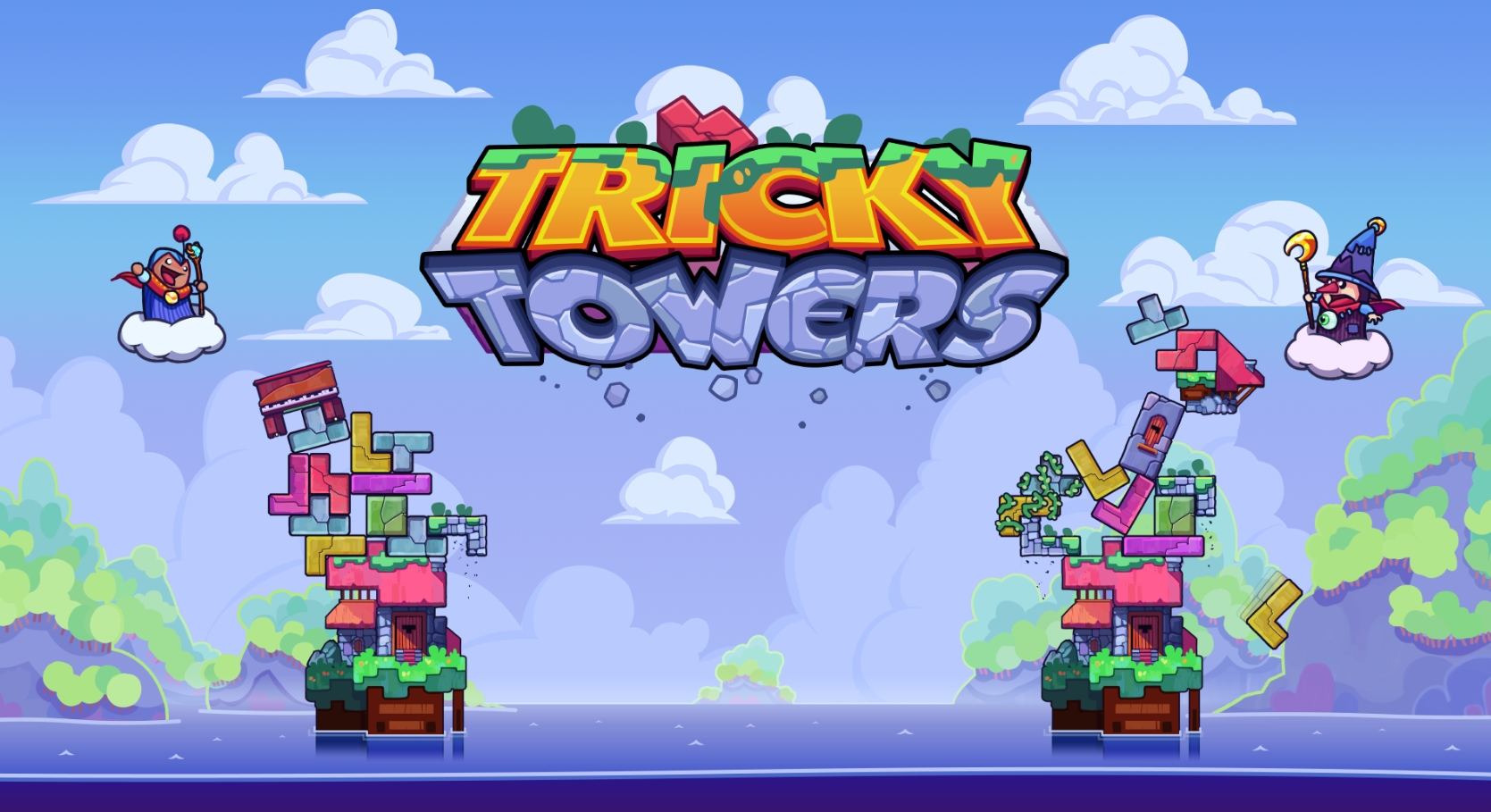
Civilization is that rare game that needs no introduction. Even those who have never been particularly keen on computer strategies have probably heard of “that game where you lead your civilization from the invention of the wheel to interstellar flights.” In Russia, the series has a very special fate: the first “Civilization” appeared in our country in the early 90s on the first IBM-compatible machines that settled in Soviet research institutes. And then, in just a few years, the game spread across the country with such speed that it became a true cult classic. But before we figure out why it was the fifth part of Civilization that received its well-deserved rating on the next page, allow me to make one important remark.
Table of Contents
Sid Meier’s Civilization V Free Steam Account
For the last ten years, the Civilization series of global strategies has had one serious problem — the entry threshold. For a person not seasoned by hardcore games of the 90s, understanding the mechanics took many hours. In the era of quick tutorials and intuitive gameplay, few were ready to spend so much time just learning the rules before starting to play properly. It seemed that the developers had become hostages of their devoted fans. And they, as we know, demand only one thing from the sequels of their favorite games — that there be more and more complexity. So, with each new part of Civilization, the mechanics became more and more complicated: the number of types of troops increased, units gained experience, cities had cultural borders, religion, diplomatic victory, trade in strategic resources, economic wars and other geopolitical nuances were introduced. As a result, by Civilization IV (especially with add-ons), the game had grown to such an extent that in the later stages each turn could take tens of minutes, and wars dragged on for many hours. Tactics faded into the background: it was easier to simply rebuild the economy on a war footing, churn out an army of fifty tanks and crush all opponents.
The developers understood that Civilization had turned from a mass strategy game that literally everyone played in the early 90s into entertainment for a narrow circle of gamers. Two years ago, they tried to return the project to a wider audience with the help of Civilization: Revolution – a console version where the game was simplified, the interface was redesigned (it no longer resembled a program for stock market analysis), and games began to take not days, but only five or six hours. However, due to the quarrelsome AI, which invariably declared war regardless of the circumstances, the game looked more like a simplified wargame with a beautiful picture.
And so Firaxis and Sid Meier decided to take a bold step in Civilization V: inspired by Revolution, they returned to the roots and remade almost everything that had been invented over the past twenty years. And perhaps this was the main achievement of the new part.
We are giving away steam free accounts – come in and get yours!
Squares are gone, polygons are here
The maps in “Civilization” have always been divided into square cells – convenient, familiar, time-tested. But in the fifth part, the developers decided to change the interior: they removed the old parquet and laid stylish polygonal laminate instead. The question is – why? And all because reforms came! And combat battles changed beyond recognition. Previously, it was possible to cram so many troops into one cell that they lined up in a giant column stretched across half the map. We gathered an army, pulled all the fighters to the enemy city, put them in one point and moved forward, like a caravan of elephants holding each other’s tails with their trunks. As soon as the column reached the target, the slaughter began: twenty units from one cell against fifteen defenders.
But with the transition to polygons, such a circus became impossible. Now each squad occupies its own cell and does not tolerate jostling. No more dense clumps of soldiers advancing like a living avalanche. Now you have to think! And, frankly, it’s amazing. In previous parts, the strategy was reduced to a simple formula: recruit more troops than the enemy, and simply crush him with numbers. But now everything is different. Victory depends not on the number of fighters, but on their competent placement. In capable hands, even several squads can hold the defense for years.
Tactics, finally!
Imagine: France declares war on you. It’s the only one to the north, neutral states to the right and left. So, an attack is only possible from one side. Perfect! You place your best troops on the front lines, order them to fortify themselves, and place catapults and archers behind. The city itself can also shoot at the enemies if they come too close.
The French move forward, but as soon as they enter the line of sight, they are immediately met by a hail of arrows and stones. There is nowhere to retreat – there are foreign borders on the sides. All that remains is to go straight ahead, but even if they crush the front line, new arrows are already waiting for them from behind. Now defense is not just a set of units, but a whole science. You can build real fortified lines, surround cities with natural barriers like seas and mountains, use the landscape to the fullest. In the previous parts, the terrain was almost unimportant – now it decides everything.
Unfortunately, all this depth of tactics turned out to be too much for the AI. Artificial intelligence cannot plan, does not understand how to break through defenses, and instead of cunning maneuvers, it simply throws troops into a frontal attack. It tries to overwhelm with numbers, but does it so clumsily that it often loses even with a significant advantage. But for players, especially those who do not press buttons at random, the new system opens up space for tactical refinements. Now battles in “Civilization” are more reminiscent of Panzer General or Fantasy General, where every detail matters. The squares are gone, but the strategic spirit is finally in place.
Priests and politicians — into the woods!
The updated combat system is one of the most successful innovations in the series. But it was not without controversial decisions. The developers decided to get rid of two important elements — religion and the political system. Now it will no longer be possible to maintain warm relations with a neighbor simply because you both pray to the same god. There will also be no more desperate moments when you want to throw a mug of tea at the wall because the senate has blocked your war again. Socialists, monarchists, republicans — all are gone. A clean slate.
Instead, a cultural policy was introduced into the game. Each turn brings special points that are generated thanks to libraries, wonders of the world, monuments and other cultural objects. When enough points are collected, you can choose the direction of development of the state. If you are conducting aggressive expansion, it makes sense to develop the military branch — then the troops will gain experience faster, and battles will become easier. If you prefer a peaceful existence, you can choose a religious path that makes citizens happier and friendlier. There are eight such paths in total, but they open gradually, as you move from era to era. That is, you won’t be able to rush into commerce right away — it takes time.
But culture is needed not only for the sake of pleasant bonuses. The game now has the ability to win with a cultural victory — to do this, you need to fully develop five of the eight branches. However, not everything is so simple: some paths conflict with each other. If you choose freedom, then the path of autocracy will close. And if you decide to change course, a revolution will happen. True, it will last only one turn…
The system is certainly interesting, but the absence of religion and politics has greatly simplified the game. Civilization has once again taken a step towards convenience and accessibility, removing elements that complicated the process, but made it deeper. This is far from the only transformation of the series in this direction — there are enough innovations, and not all of them are unambiguous.
This is a different game
In Civilization 5, the happiness system has undergone changes – now it is a single indicator for the entire country. Imagine: three wonders of the world have been erected in Moscow, circus performances take place every evening, and gladiator fights are thundering in the Colosseum. Life is in full swing! Meanwhile, in Novgorod, the main entertainment is drinking and chasing rats. But despite such different levels of leisure, everyone’s overall happiness is the same.
Let’s say we capture Washington. It would be logical to expect that the locals are furious, they start riots, set fire to buildings, and a message appears on the screen like “The government has been overthrown!” But no. In Civilization 5, the Americans’ discontent is expressed differently: their sadness spreads throughout the empire. Because of this, our army’s combat power is falling, population growth is slowing down, and in sunny, blooming Moscow, life seems to stand still. People stop smiling, and the country sinks into depression, even though Washington is just one city. Logical? Not really. But it’s convenient for newbies: there’s a general happiness indicator – increase it without worrying about where exactly people are suffering.
Another innovation is exhaustible resources. This already seems like common sense. Now you can’t open one lousy oil well and endlessly churn out tanks and planes. Resources are limited, and it’s really necessary to fight for iron or uranium deposits. True, the choice of strategic resources has been greatly reduced: only horses, iron, coal, oil, aluminum, and uranium remain. For example, tanks now require only oil. Iron? No need! Apparently, they can be assembled from wood…
Another change is that the tax system has disappeared. Now scientists exist separately, money is earned separately. Research branches have also changed a little, and espionage has been completely abolished. The influence of money has increased, but it now works differently.
Destiny is decided by words in Sid Meier’s Civilization V
The creators of the game, alas, did not make diplomacy more interesting. Moreover, it even lost depth, although it was previously a weak point of “Civilization”. Forget about subtle negotiations and cunning alliances – the most you can do is trade resources, money and open borders. Previously, you could exchange world maps and technologies, but now this functionality has been removed. Instead, a research agreement has appeared: pay a tidy sum – and after some time both parties will receive a random technology. It would seem logical, but the feeling of strategic maneuver is no longer the same. But the artificial intelligence sometimes behaves like a capricious child. It can’t stand it when your borders begin to touch. Appeared nearby? Then you are blood enemies. Be prepared for constant disgruntled grumbling and threats.
But not everything is so bad. City-states have been added to the game, and this is really cool. For each empire there are a couple of such mini-civilizations. They do not build new settlements, but they develop, develop territories and even fight. The most interesting thing is that you can be friends with them. And this means that they will share rare resources, help with soldiers, and most importantly, give a chance for a peaceful victory through the UN. How to befriend? It’s simple: fulfill their requests. Protect from an aggressor, gift money or troops – such a mini-game within the game. Someone will appreciate the opportunity for diplomacy, someone will simply want to capture everyone and everything. But, you must admit, it’s nice when there is a choice in a strategy.
- In Civilization V, there are three key indicators that determine the development of your civilization, and each of them has its own color. Blue is responsible for science – the more your cities produce it, the faster you discover new technologies, buildings, units and social doctrines. Yellow is gold, a universal resource that can be used to buy almost anything that cannot be conquered or studied. And purple symbolizes culture: the higher its level, the faster the city borders expand and new social doctrines are discovered.
- You can literally assess the importance of a city at first glance – large metropolises are noticeably different from small settlements. But if you need precise information, pay attention to the numbers next to the city name: the white number shows the number of residents, the green one – how many turns are left until the population grows, the red one – until the construction is completed. The most important number is the one next to the shield icon. It indicates the level of defense of the city, including the strength of its walls.
- When it comes to units, the main parameter is their attack power (or defense, since in the fifth part these concepts are combined). All important information about the selected unit is displayed at the bottom of the screen: small icons indicate its features and bonuses received in battles. These can be attack improvements in a certain area, bonuses to health restoration, and much more.
- State borders play a huge role in Civilization V. The closer two ambitious powers are to each other, the higher the likelihood of diplomatic tension. And if cities begin to compete for territory in a “cultural race,” a peaceful confrontation can easily escalate into a full-scale war.
- Access to resources is the key to the stability and prosperity of your civilization. A banana plantation or fishing nets can not only increase the level of happiness in cities, but also bring in additional income. The correct use of strategic and trade resources is the key to population satisfaction and economic development.
- In Civilization V, the interface has become much more convenient and has gotten rid of unnecessary pomp. Now 90% of the information is provided through pop-up icons, and three main buttons at the top allow you to quickly manage culture, science, and diplomacy. If you like detailed charts and analytics, then all the “hardcore” settings are hidden under the scroll icon in the upper right corner of the screen.
System Requirements for Sid Meier’s Civilization V
How to Play Sid Meier’s Civilization V for Free on Steam via VpeSports
If you’ve always dreamed of building a great empire and leaving your mark on history, now you have a chance to do it for free in Sid Meier’s Civilization V! Thanks to our platform, you can access the game using Steam co-accounts where Civilization V is already installed. The first step is to register on VpeSports. Once logged in, you will find the steam account free Accounts section, where you can select the account with the game. Detailed instructions on how to access and download will appear on the selected account page, and a convenient Download button will help you quickly begin your great journey.
We strive to make the process as convenient as possible and value the opinion of each player. If you leave a review, it will be moderated, and after approval, our team will send account details to your email.
To stay up to date with updates, new DLCs and important changes in the game, Free Games are waiting for you in Telegram! Questions? Write to support! There you will find current news, instant access to fresh accounts and useful tips on the game. If you suddenly have questions, don’t worry! Our website has a detailed guide How to play for free – step-by-step instructions, which will help you quickly understand all the nuances.
Conquer the world, wage wars, form alliances and develop your civilization from ancient times to the space age! Global strategy awaits you – start your reign in Sid Meier’s Civilization V right now!









Yeah, playing this before the new one
Thanks for the review dude hope the best for yall
wow i love building games like this one
would love to try this genre
I want civilization V, I cant play vii
I really want to play this game thank you for sharing
thanks for the topic, strategy games are the best
Want Civilization 7,thanks share this game.